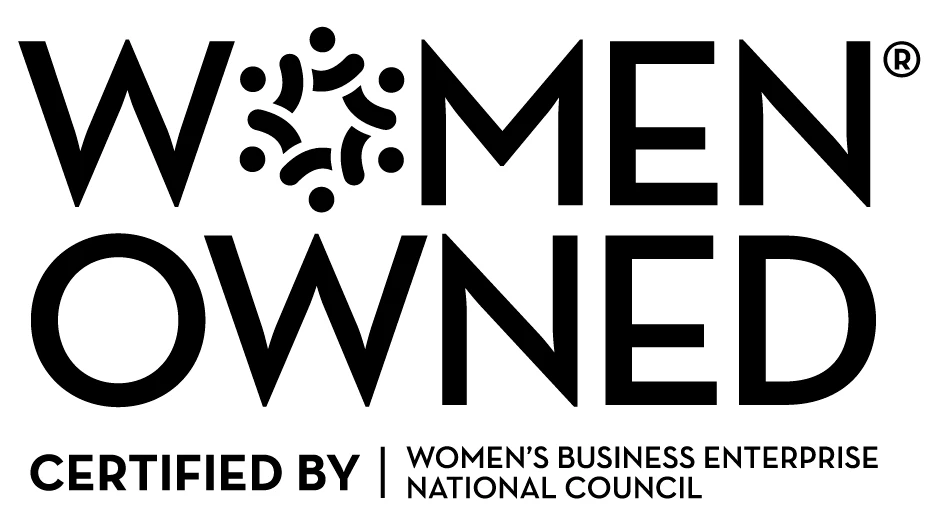The Evolution of HR: From Manual Processes to Automation

Human Resources (HR) has undergone a remarkable transformation over the years, evolving from a department focused on manual administrative tasks to a strategic function driven by automation and technology. This journey reflects the changing dynamics of the workplace and the increasing need for efficiency, scalability, and data-driven decision-making.
This article delves into the evolution of HR, tracing its journey from traditional manual processes to advanced automation. It explores the milestones, challenges, and benefits of this transformation, as well as the future trends shaping the HR landscape.
"HR’s evolution from manual tasks to smart automation transforms workplaces—boosting efficiency, empowering people, and unlocking the future of workforce management."
Richard Branson
The Era of Manual HR Processes
In the early days, HR functions were entirely manual. Processes such as recruitment, payroll, and performance evaluations relied heavily on paper-based records, face-to-face communication, and basic tools like typewriters and spreadsheets. This traditional approach required extensive manual effort and depended on physical documentation for every task.
These manual processes posed several challenges. They were time-consuming, reducing overall efficiency, and prone to higher error rates, especially in payroll and compliance tracking. As organizations expanded, managing HR manually became increasingly difficult, limiting scalability. Additionally, the lack of centralized data hindered HR teams from gaining valuable insights, making informed decision-making a significant challenge.
The Shift to Digital HR Systems
The 1980s and 1990s marked the introduction of early digital HR tools, including electronic databases for employee records, basic payroll software for salary calculations, and computerized time-tracking systems. These innovations began reducing reliance on paper and helped streamline HR administrative tasks.
Digitization brought improved efficiency by automating repetitive tasks, saving valuable time and resources for HR teams. This shift allowed organizations to handle HR functions more quickly and with less manual effort.
Better data management became possible through centralized systems, making it easier to access and retrieve employee information. Additionally, automation enhanced accuracy by reducing errors in payroll, compliance, and reporting processes, improving overall HR reliability.
The Emergence of HR Automation
HR automation uses software and technology to streamline HR processes like recruitment, payroll, benefits, and performance management, allowing HR teams to focus on strategic goals. Key areas include recruitment, where automated applicant tracking systems handle job postings and candidate screening; payroll, which automates salary calculations and compliance; performance management tools that support goal-setting and reviews; and compliance, with automated alerts ensuring adherence to labor laws and regulations.

How Automation Transformed HR Operations?
-
Recruitment Automation AI screens resumes, manages candidate communication, and schedules interviews, speeding up hiring. Automated workflows streamline candidate evaluation and improve recruitment efficiency.
-
Payroll Automation Systems process salaries and tax deductions automatically, handle benefits enrollment through self-service portals, and reduce errors in payroll and compliance.
-
Performance Tracking Automation enables continuous performance monitoring, real-time feedback, and goal alignment, helping organizations improve employee productivity and engagement.
-
Compliance Monitoring HR automation tracks labor law updates and generates audit-ready reports, reducing compliance risks and ensuring regulatory adherence across the organization.
Also Read: Building a Resilient Workforce with HR Support Services
The Role of Data and Analytics in Modern HR
Predictive analytics uses historical data to forecast workforce trends like employee turnover rates and future talent needs. Workforce planning tools help HR teams optimize resource allocation, identify skill gaps, and effectively plan for organizational growth.
Challenges in Transitioning to HR Automation
Resistance to change occurs when employees and HR professionals hesitate to adopt new systems due to unfamiliarity or fear of job displacement. Data security concerns arise because storing sensitive employee information digitally demands strong cybersecurity measures. Integration issues involve ensuring new systems are compatible with existing technologies, which can be complex and time-consuming.
Case Studies: Businesses Leveraging HR Automation
A tech firm faced high time-to-hire delays affecting projects. Implementing an AI-driven ATS cut hiring time by 40%. A retail chain’s manual payroll caused errors and penalties; automation ensured accuracy and timely tax filing. A healthcare provider struggled with staffing forecasts; HR analytics optimized workforce planning with data-driven insights.

Future Trends in HR Automation
AI and machine learning will enhance HR decision-making, predicting turnover and personalizing experiences. Future systems provide tailored learning and wellness programs. Green HR tech promotes sustainability by reducing paper use and supporting remote work.
Conclusion
The evolution of HR from manual processes to automation has fundamentally transformed how organizations manage their workforce. By reducing administrative burdens, improving accuracy, and enabling data-driven strategies, automation has elevated HR from a transactional function to a strategic partner.
As businesses continue to embrace technology, Automated Human Resource Management System will play an even greater role in shaping the future of work, fostering innovation, and driving organizational success.






